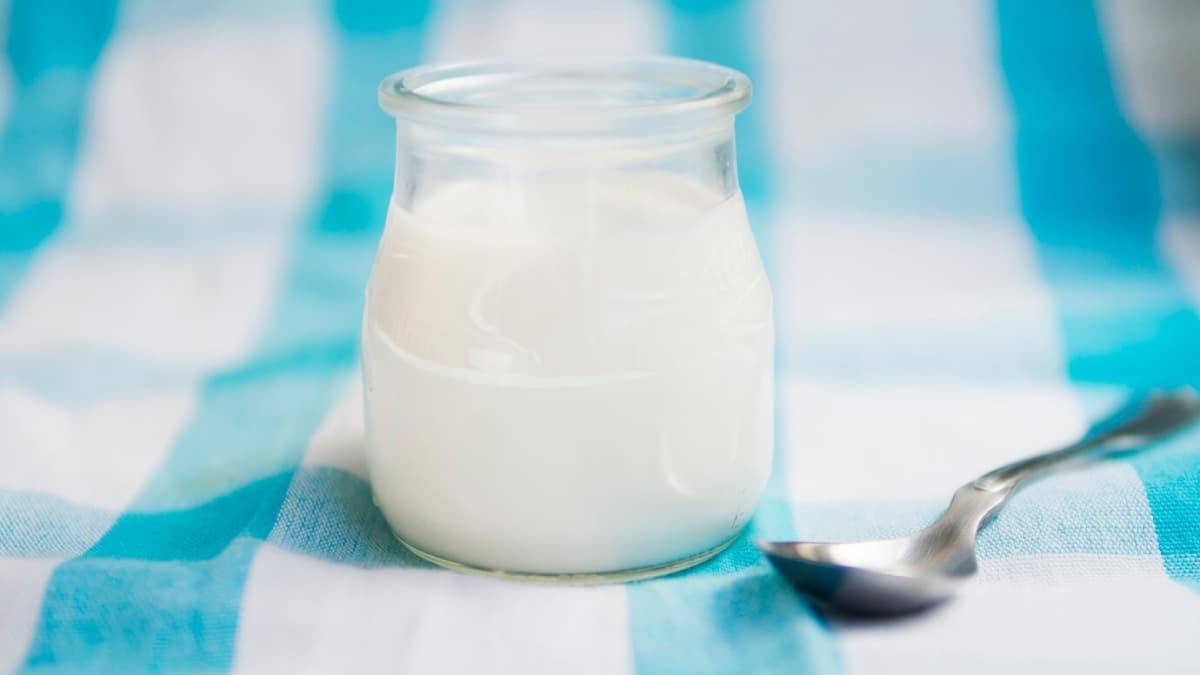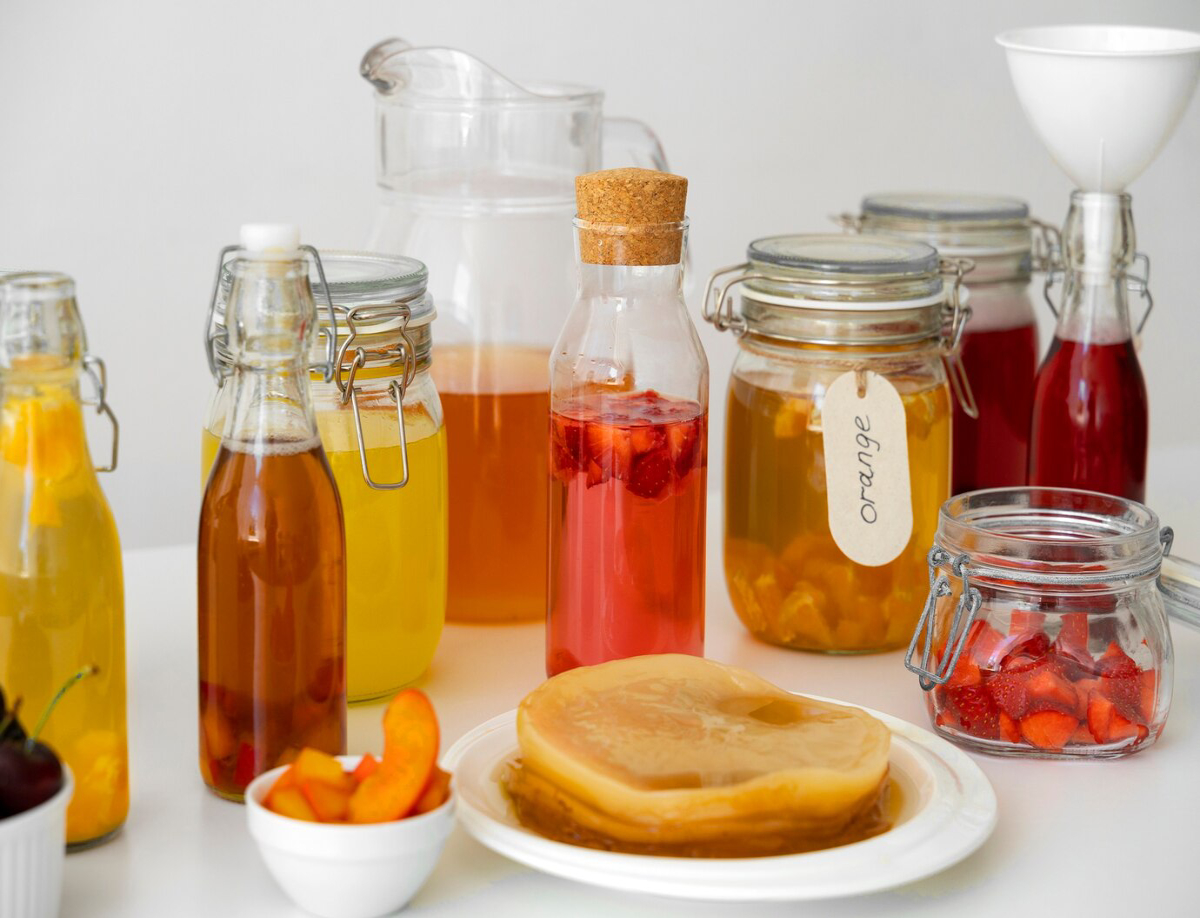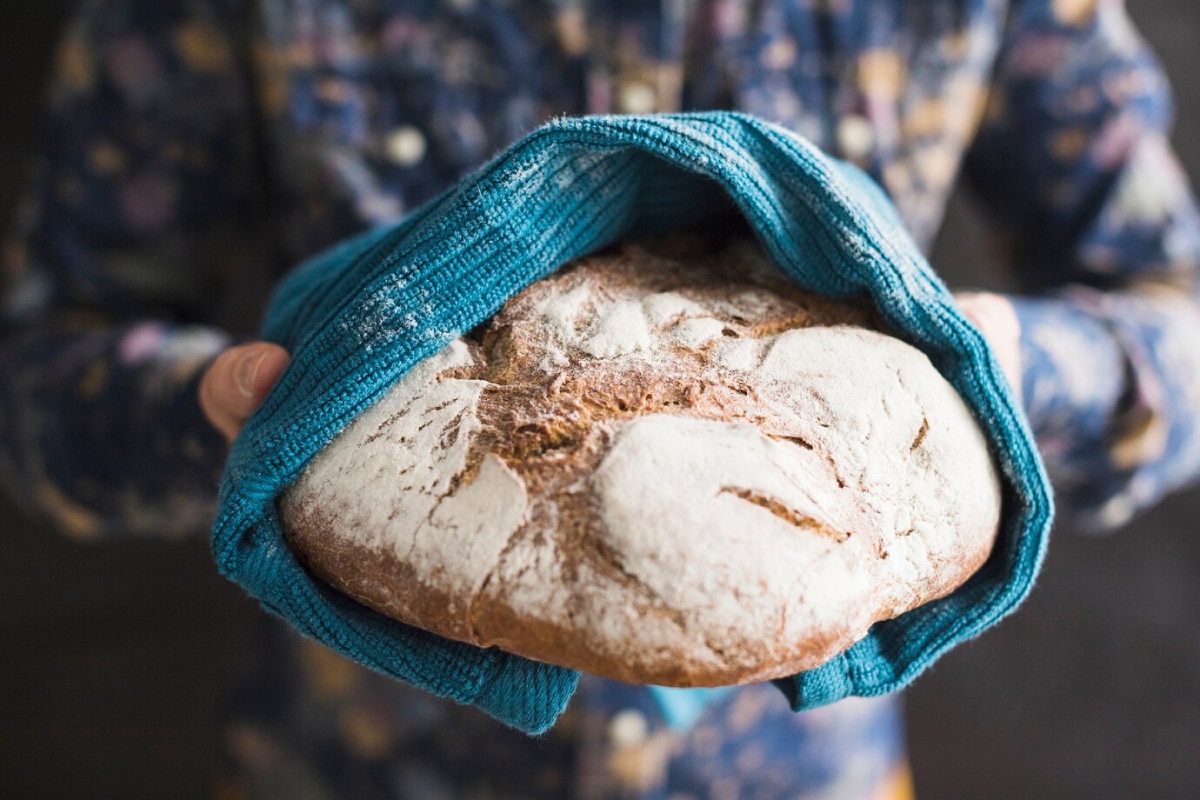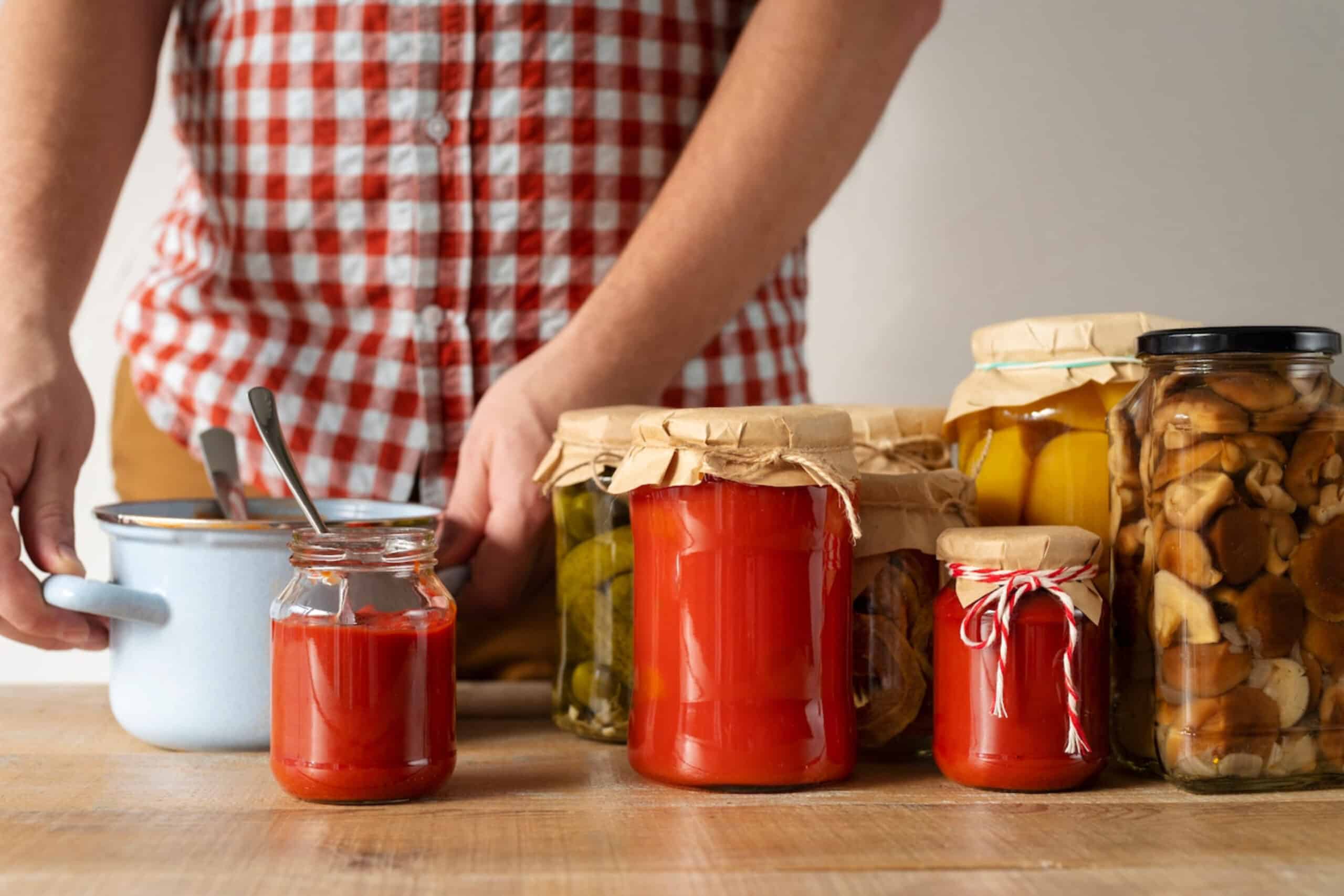
Storing Fermented Foods Properly to Maintain Flavour and Freshness
You’ve chopped, salted, waited, and maybe even whispered sweet encouragement to your jars of kraut, kimchi, or pickles. But now comes a critical moment: how do you actually store those fermented goodies to keep them safe, tasty, and full of probiotic power? Welcome to your ultimate guide to storing fermented foods properly.
Whether you’re a first-time fermenter or a seasoned probiotic pro, learning how to preserve probiotics and extend shelf life through safe fermentation storage is key. Ferments are alive. They breathe, evolve, and sometimes throw a bubbly tantrum in the jar. Store them wrong, and you risk spoilage or flat flavours. But done right? You get months of delicious, tangy, and healthful creations with all their gut-loving benefits intact.
This guide covers everything from container choices to fridge tips, room-temp nuances, freezing dos and don’ts, and how to know when a ferment is past its prime. Ready to get the most from every bubbly batch? Let’s dive in.
Why Proper Storage Matters
1. Probiotic Preservation
The main draw of fermented foods is their live cultures. Improper storage (too much heat, exposure to air, contamination) can kill these beneficial microbes.
Proper storage:
- Keeps probiotics alive longer
- Slows fermentation to preserve flavour
- Reduces risk of spoilage or mould
2. Food Safety and Flavour
Yes, fermentation is a preservation method, but it still needs backup. Temperature, light, and air exposure can change the:
- Acidity
- Taste
- Texture
“Think of storing your ferments like tucking them in for a nap: calm, cool, and covered.”
3. Reduce Waste
A well-stored ferment lasts for months, even up to a year. Without the right techniques, all your effort could turn into compost far too soon.
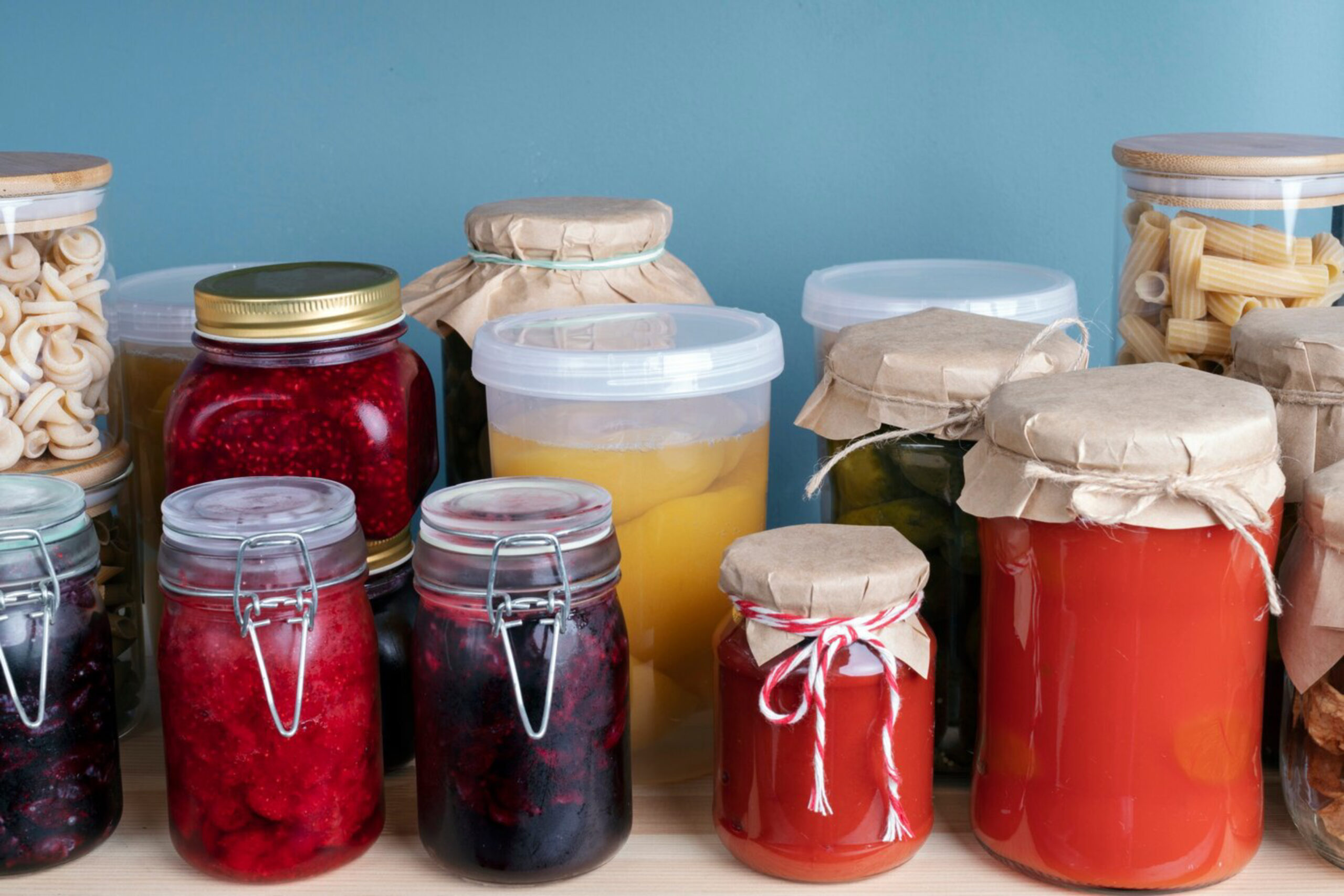
Best Containers for Ferment Storage
1. Glass Jars
Pros:
- Non-reactive
- Easy to sterilise
- Visible (you can see what’s happening)
Choose Mason, Weck, or Kilner jars with tight-sealing lids for long-term fridge storage.
2. Ceramic Crocks (for Bulk)
Great for bulk ferments like kimchi or sauerkraut.
- Keep in a cool, dark pantry or cellar
- Ensure crock is lead-free and food-safe
3. BPA-Free Plastic
- Lighter and safer for travel or outdoor ferments
- Must be food-grade; avoid scratches that trap bacteria
4. Vacuum Sealed or Airtight Bags
Ideal for advanced fermenters.
- Works well for fermented meats or krauts
- Requires a vacuum sealer
Avoid:
- Reactive metals
- Cheap plastics
- Containers with rubber seals that can trap mould
For gear tips, check out must-have tools for home fermentation.
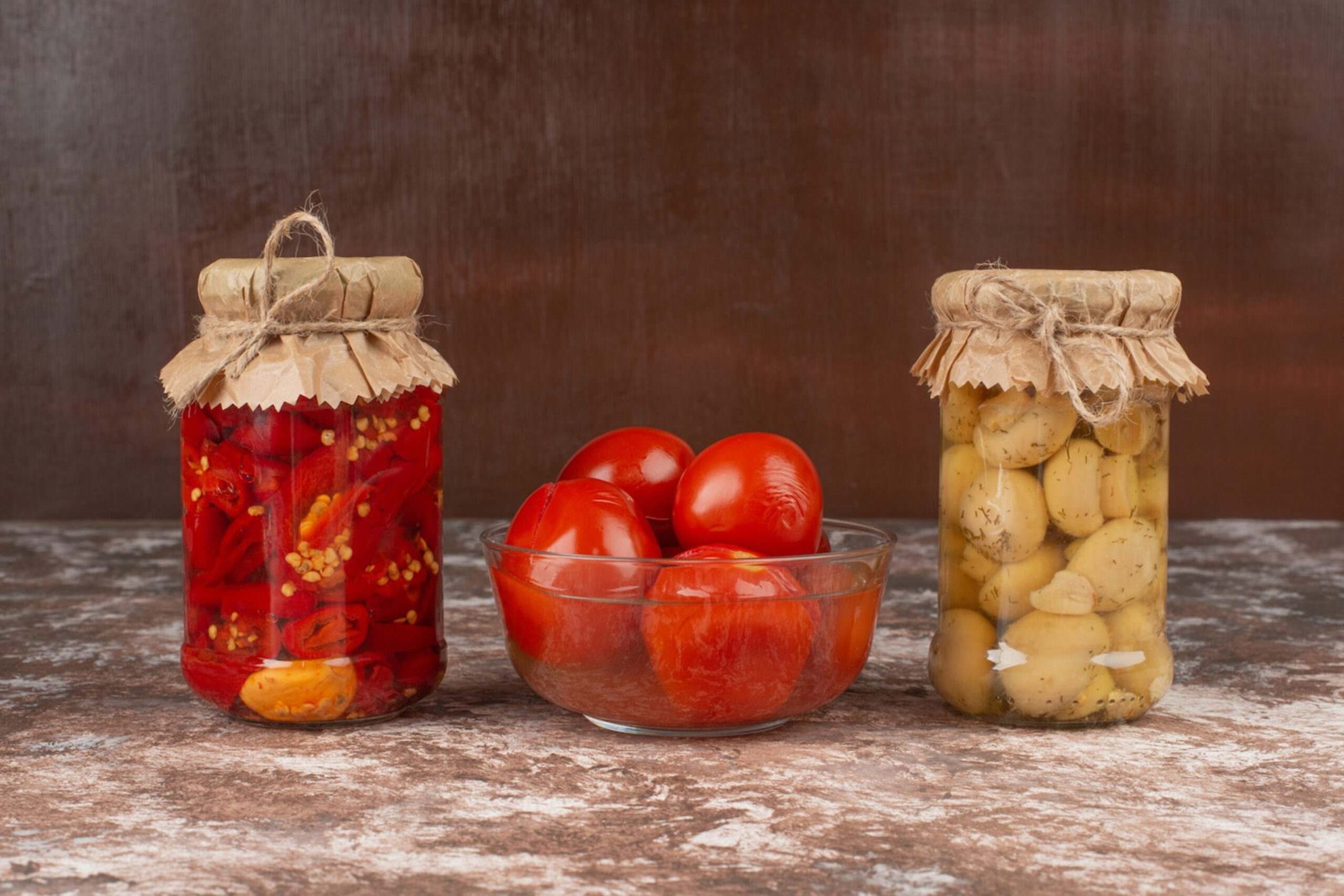
Storing Ferments in the Fridge
Why the Fridge Is Your Friend
Refrigeration slows fermentation to a crawl, helping you:
- Preserve probiotic potency
- Extend shelf life by months
- Maintain texture and flavour
Best Practices
- Store at 0–4°C (32–39°F)
- Keep away from fridge door (to avoid temperature swings)
- Use tight-fitting lids
- Label with date and contents
How Long Do They Last?
| Ferment Type | Fridge Life |
| Sauerkraut | 4–6 months |
| Kimchi | 3–5 months |
| Fermented veg | 3–4 months |
| Miso | 6–12 months |
| Kombucha | 1–2 months |
| Fermented garlic | 6+ months |
Room Temperature Storage: When and How
When It’s Okay
Some ferments do well at room temp:
- Active kombucha SCOBY
- Sourdough starters
- Fermented hot sauces
- Vinegar-based pickles
Conditions:
- Dark cupboard
- 18–22°C (64–71°F)
- Out of direct sunlight
Risk Factors
- Too warm = fast spoilage
- Too much air = mould
- Open jars = contamination
Always burp jars occasionally to release built-up gases.

Freezing Fermented Foods
What You Can Freeze
Some ferments freeze surprisingly well:
- Sauerkraut (texture may soften)
- Fermented fruit chutneys
- Cooked fermented rice (e.g., dosas)
What You Shouldn’t Freeze
- Kombucha (kills SCOBY)
- Yoghurt (texture separates)
- Raw krauts (can get mushy)
Freezing Tips:
- Portion into silicone moulds or small bags
- Label and date
- Thaw in fridge, not room temp
The Art of Labelling and Rotation
Keep It Organised
- Label with: Name, Date, Batch #
- Use colour-coded stickers for ferment types
- Rotate older jars to the front
Create a Ferment Tracker
Log key data:
- Start and end dates
- Ingredients used
- How long it lasted
Helps refine your personal fermentation style and storage habits.
Signs Your Ferment Has Gone Bad
Fermentation can feel intimidating because it looks different from conventional food. But once you know the cues, it becomes second nature.
Trust Your Senses
Safe signs:
- Bubbles
- Sour or funky smell
- Cloudy brine
Danger signs:
- Visible mould (especially fuzzy green or black)
- Slimy texture
- Rancid, rotten odour
- Jar leakage or explosive pressure
When in doubt? Throw it out.
More guidance? Read how to tell if a ferment has gone bad.
Safety Tips for Long-Term Storage
- Use clean utensils every time
- Avoid double-dipping
- Never eat from a jar that has leaked or overflowed
- Don’t reseal a ferment that has been exposed to air for days
Remember: It’s better to lose a jar than risk your health.
Fermented Dairy, Beverages, and Other Special Cases
Dairy (Yoghurt, Kefir)
- Refrigerate immediately
- Consume within 7–10 days
- Use sterilised jars
Kombucha & Water Kefir
- Bottle with tight caps
- Store sealed bottles in fridge
- Open slowly to prevent overflow
Fermented Condiments
- Miso, tamari, hot sauces, ketchup
- Cool, dark storage; refrigerate after opening
- Stir occasionally and check for mould
A Real-Life Example
“I label every jar with the exact date and batch notes. It takes seconds and saves me from second-guessing. Now, I rotate by month and know which recipes mature better with age.” – Jordan, fermenting for 4 years
Give Your Ferments a Happy Home
Storing fermented foods properly isn’t just a technical detail – it’s an essential part of the process that determines safety, flavour, and health benefits. With the right storage habits, you preserve not just food, but the time, care, and microbial magic you’ve put into it.
From fridge storage and freezing to room-temp balance and batch rotation, the goal is simple: create a space where your ferments thrive. By learning what to look for and how to react, you become a more confident and creative fermenter.
Ready to take your ferments further? Share your storage tips, post your jar setups, and subscribe for more hands-on fermentation wisdom.
